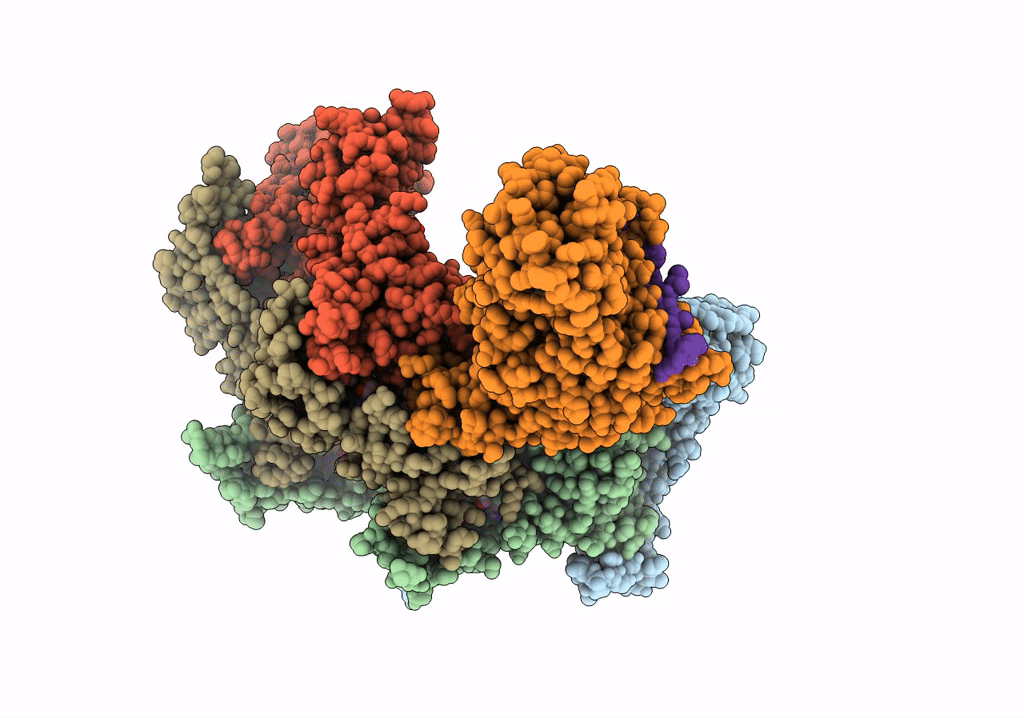
Deposition Date
2019-03-15
Release Date
2019-07-03
Last Version Date
2024-03-20
Entry Detail
PDB ID:
6OAA
Keywords:
Title:
Cdc48-Npl4 complex processing poly-ubiquitinated substrate in the presence of ADP-BeFx, state 1
Biological Source:
Source Organism:
Saccharomyces cerevisiae S288C (Taxon ID: 4932)
Host Organism:
Method Details:
Experimental Method:
Resolution:
4.10 Å
Aggregation State:
PARTICLE
Reconstruction Method:
SINGLE PARTICLE


